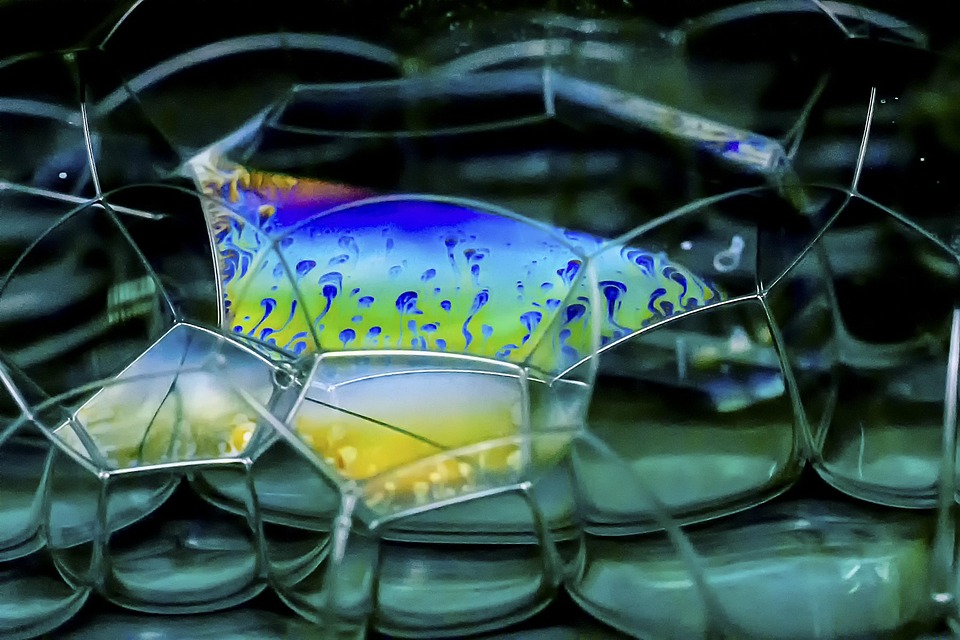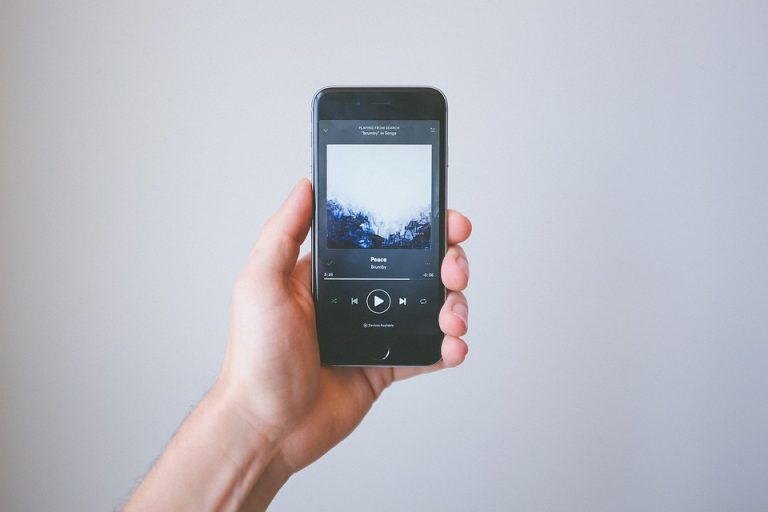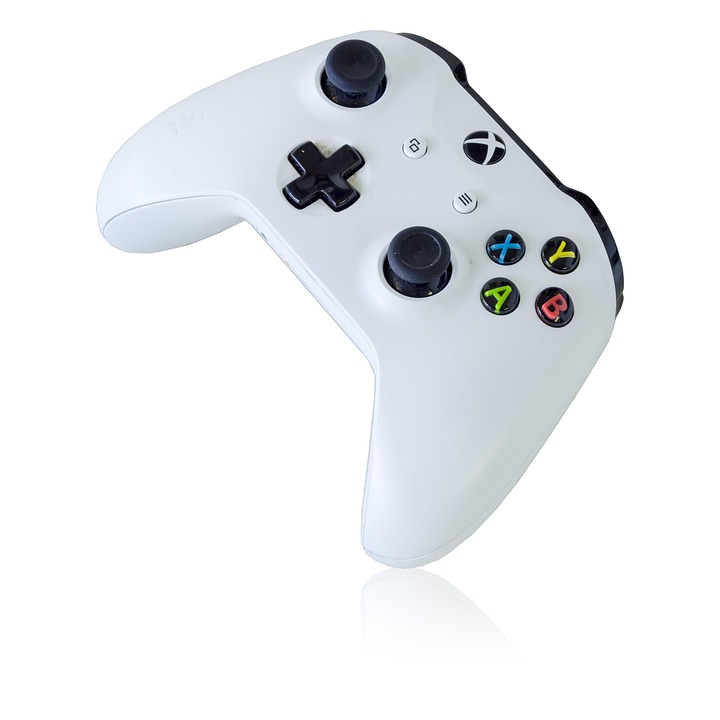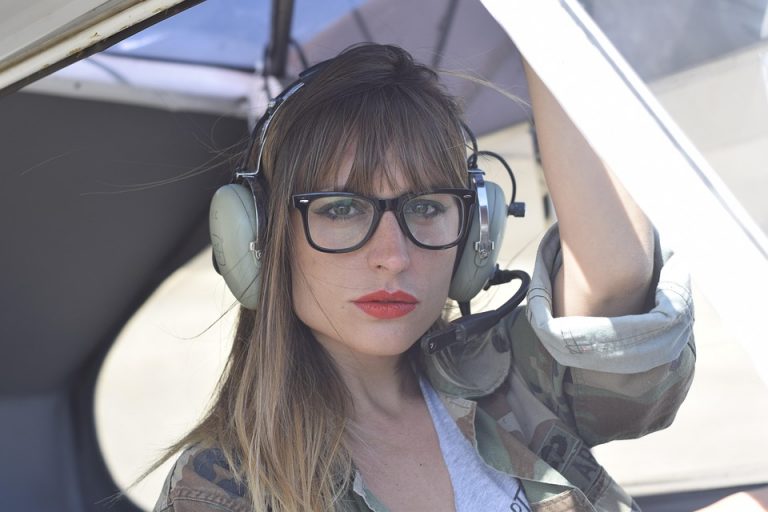Are you an aspiring photographer? If so, you’re about to embark on an exciting journey filled with creativity, self-expression, and countless opportunities. But to make the most of your photographic adventure, you’ll need the right tools in your arsenal. Gadgets can elevate your skills, enhance your images, and even simplify your workflow, allowing you to focus on what truly matters: capturing stunning visuals. Here are seven must-have gadgets for every aspiring photographer that will set you up for success.
Contents
Why Gadgets Matter for Photographers
Photography is more than just pointing and shooting. It’s about understanding light, composition, and storytelling. Each gadget serves a purpose, whether it’s improving your image quality, making your shooting experience easier, or helping you connect with your audience. With the right tools, you can transform your ideas into breathtaking realities.
1. A Quality Camera
Let’s start with the obvious: your camera. It’s your primary tool, your creative partner. Whether you choose a DSLR, a mirrorless, or even a high-end compact camera, investing in a quality camera is essential. Here’s what to consider:
- Sensor Size: Larger sensors generally capture more light, improving image quality.
- Interchangeable Lenses: This gives you flexibility for different shooting scenarios.
- Low-Light Performance: If you plan to shoot in dim conditions, this is crucial.
Explore options like the Canon EOS R or the Sony A7 III to find what fits your needs best. Your camera is the heart of your photography journey, so choose wisely.
2. Lenses That Speak Your Language
Your camera is only as good as the lenses you attach to it. Each lens tells a different story. Here’s a quick rundown:
- Prime Lenses: Excellent for portraits or low-light situations. They typically have a wider aperture.
- Zoom Lenses: Great for versatility, allowing you to shoot from various distances without changing lenses.
- Wide-Angle Lenses: Perfect for landscapes and architecture.
Investing in a couple of quality lenses can make a world of difference. For in-depth comparisons, check out resources like DPReview.
3. A Sturdy Tripod
Stability is your friend. A sturdy tripod not only helps you avoid shaky shots but also allows for long exposures and creative compositions. When choosing a tripod, consider:
- Weight: If you travel, opt for a lightweight model.
- Height: Make sure it can extend to your desired shooting height.
- Material: Aluminum is durable, while carbon fiber is lightweight.
Brands like Manfrotto and Gitzo offer reliable options. A good tripod can be the difference between a blurry shot and a crisp masterpiece.
4. External Flash or Speedlight
Natural light is beautiful, but sometimes it just won’t cut it. An external flash or speedlight gives you the flexibility to enhance your lighting. Benefits include:
- Control: You can adjust the intensity and direction of light.
- Portability: Many models are compact and easy to carry.
- Bounce: You can bounce the flash off walls or ceilings for softer light.
Consider models like the Canon Speedlite or the Godox V1 for versatility. Mastering flash photography can dramatically enhance your portfolio.
5. Editing Software
Your work doesn’t stop after taking the shot. Editing is where the magic happens. Programs like Adobe Lightroom or Photoshop allow you to refine your images, correct colors, and even manipulate elements. Here’s what to look for:
- User-Friendly Interface: You want to spend more time creating than learning complicated software.
- Versatility: Look for software that offers a range of editing tools.
- Community and Resources: A strong user community can provide valuable tips and tutorials.
Investing in editing software will elevate your work and help you develop your unique style.
6. Camera Bag
Your gear deserves the best protection. A camera bag is essential for transporting your equipment safely. Choose a bag that suits your style and needs:
- Size: It should fit your gear without being too bulky.
- Comfort: Look for padded straps if you plan to carry it for long periods.
- Accessibility: Quick access to your camera can be crucial during a shoot.
Brands like Lowepro and Peak Design offer great options. A good camera bag is your gear’s home away from home.
7. Portable Reflector
Light can be your best friend or your worst enemy. A portable reflector is a simple yet effective tool that helps manipulate natural light. Here’s how it can benefit you:
- Versatility: Use it to bounce light back onto your subject for softer shadows.
- Compact Size: Most reflectors fold easily for transport.
- Affordable: They deliver significant results without breaking the bank.
Reflectors come in various colors (white, silver, gold) to suit different lighting conditions. Mastering the use of a reflector can open up new creative possibilities.
Bottom Line
Photography is a journey filled with exploration and creativity. By equipping yourself with these must-have gadgets for every aspiring photographer, you can enhance your skills and bring your vision to life. Remember, it’s not just about having the latest gear; it’s about knowing how to use it effectively.
Are you ready to take your photography to the next level? Start by investing in these essential gadgets, and watch your creativity flourish.
FAQs
1. Do I really need a fancy camera to start?
Not necessarily. A good smartphone can also capture stunning images. However, investing in a dedicated camera allows for greater control and quality.
2. How important is editing software?
Editing software is crucial for refining your images. Even the best shots can benefit from post-processing.
3. Can I use my camera bag for other purposes?
Absolutely! A camera bag can double as a regular backpack, especially if it has compartments for personal items.
Now, grab your gear and get out there—your next masterpiece awaits!








